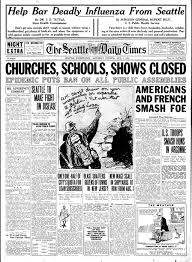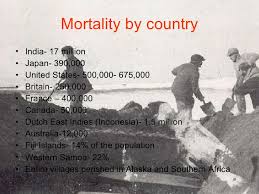Source Daviess County History:
The above my search of Daviess County History.
Wednesday, November 28, 2018
Saturday, November 24, 2018
Tuesday, November 20, 2018
Saturday, November 17, 2018
Wednesday, November 14, 2018
Sunday, November 11, 2018
Kentucky WWI
This is a Service flag or Service banner, also called the
Blue Star Flag or Mother's War Banner. It is machine-stitched, and it is made
of wool bunting with a canvas header. The banner has a white field with a
12-inch wide red border. The white field is made of two vertical segments of
fabric that are stitched together down the center. There is an appliquéd blue
star at the top center of the field with blue appliquéd "103,000"
below the star. In the center of the field, there is red appliquéd letters that
read, "WWI / KENTUCKY
Size is 74" x 48.5"
The numbers on the banner apparently means 103,000 Kentuckians served in World War I and 3,200 died. These figures might not be correct - see https://www.abmc.gov/news-events/news/hometown-boys-kentucky-information-and-statistics-about-wwi-service-members
The above is Courtesy of Kentucky Historical Society.
As for Ohio County, my search found the following:
D.W. = Died of Wounds
D.D. = Died of Disease
D.A. = Died of Accident
K.A. = Killed in Action
W.A. = Wounded in Action
Saturday, November 10, 2018
Daviess County History - Sudie J. Tichenor, wife of James H. Davis
Source Daviess County History:
Also, note that a sister of Mr. Davis, Elminah E. Davis, married Randolph Wimp of Ohio County.
Monday, November 5, 2018
Voting in Kentucky
A short YouTube video from the Kentucky Historical Society about the history of voting in Kentucky:
https://www.youtube.com/watch?v=GG1I1kuYhcs
https://www.youtube.com/watch?v=GG1I1kuYhcs
Sunday, November 4, 2018
1918 Flu Pandemic
My Leach grandfather, Harney Leslie Leach (1877-1918), and my great-grandfather, Samuel William Leach (1851-1918), both died in Ohio County in 1918 from the flu pandemic. This year is the 100th anniversary of that terrible time.
Remembering the 1918 Influenza Pandemic
The Emerging Pandemic
Deadly Second Wave and
Third Waves
Limited Care and Control
Efforts in 1918




Remembering the 1918 Influenza Pandemic
This year marks the 100th anniversary of the
1918 influenza (flu) pandemic that swept the globe in what is still one of the
deadliest disease outbreaks in recorded history.
It is
estimated that about 500 million people or one-third of the world’s population
became infected with this virus, and the number of deaths was estimated to be
at least 50 million worldwide with about 675,000 occurring in the United States United States
The Emerging Pandemic
The 1918 flu pandemic occurred
during World War I; close quarters and massive troop movements helped fuel the
spread of disease.
In the United States U.S.
Deadly Second Wave and
Third Waves
In
September 1918, the second wave of pandemic flu emerged at Camp Devens ,
a U.S. Army training camp just outside of Boston ,
and at a naval facility in Boston U.S. U.S.
Limited Care and Control
Efforts in 1918
In 1918,
scientists had not yet discovered viruses so there were no laboratory tests to
diagnose, detect, or characterize flu viruses. Prevention and
treatment methods for flu were limited. There were no vaccines to
protect against flu virus infection, no antiviral drugs to treat flu illness,
and no antibiotics to treat secondary bacterial infections like pneumonia.
Efforts to prevent the spread of disease were limited to
non-pharmaceutical interventions (NPIs), including promotion of good
personal hygiene, and implementation of isolation, quarantine, and
closures of public settings, such as schools and theaters. Some
cities imposed ordinances requiring face masks in public. New York City
For more info see https://www.smithsonianmag.com/history/journal-plague-year-180965222/

Saturday, November 3, 2018
Subscribe to:
Comments (Atom)
















